
Quartz vein-type gold ore is one of the most important types of gold deposits, widely distributed around the world. Extracting gold from such ores efficiently is crucial for the gold mining industry, and leaching experiments play a pivotal role in optimizing the extraction process. This article delves into the leaching experiment research of quartz vein-type gold ore, aiming to provide valuable insights for the industry.
Characteristics of Quartz Vein-Type Gold Ore
Quartz vein-type gold ore is characterized by its complex mineralogy and the close association of gold with quartz and other minerals. Gold in these ores often exists in fine-grained forms, embedded within quartz veins or associated with sulfide minerals. The physical and chemical properties of quartz vein-type gold ore, such as its hardness, particle size distribution, and the presence of various gangue minerals, significantly impact the efficiency of Gold leaching. Understanding these characteristics is the first step in designing effective leaching experiments.
Experimental Setup and Methodology
Sample Preparation
The research begins with the collection and preparation of representative quartz vein-type gold ore samples. The samples are crushed and ground to a suitable particle size to increase the surface area available for leaching. Through a series of screening and pulverization processes, samples with different particle size fractions are obtained for comparative experiments.
Leaching Agents Selection
Selecting the appropriate leaching agent is a key factor in the leaching process. Commonly used Leaching agents for gold include cyanide, thiourea, and thiosulfate. In this experiment, cyanide was initially chosen as the primary leaching agent due to its high efficiency and long - standing application in the gold mining industry. However, considering environmental concerns, thiourea and thiosulfate were also explored as alternative leaching agents to evaluate their performance and environmental friendliness.
Experimental Conditions
A series of experiments were conducted under different conditions, including varying leaching agent concentrations, reaction temperatures, and leaching times. The effects of pH value on the leaching efficiency were also investigated. Each experiment was carefully controlled, and multiple replicates were carried out to ensure the reliability of the experimental results.
Experimental Results and Analysis
Gold Leaching Efficiency
The experimental results showed that under optimal conditions, cyanide leaching achieved a relatively high gold leaching efficiency. However, thiourea and thiosulfate leaching also demonstrated promising results, especially in terms of reducing environmental pollution. The leaching efficiency of gold was significantly affected by the particle size of the ore samples. Finer - ground samples generally showed higher leaching rates, as they provided a larger surface area for the leaching agents to react with the gold - bearing minerals.
Influence of Experimental Conditions
The concentration of the leaching agent had a non - linear relationship with the gold leaching efficiency. An appropriate concentration could maximize the leaching rate, while an excessive concentration might lead to increased costs and potential negative impacts on the environment. Reaction temperature also played a crucial role. Within a certain range, increasing the temperature accelerated the leaching reaction, but too high a temperature could cause the decomposition of the leaching agent and other adverse effects. The leaching time was directly proportional to the leaching efficiency to a certain extent, but after a certain period, the leaching efficiency tended to stabilize.
Significance and Outlook
The research on the leaching experiment of quartz vein-type gold ore provides important data support for optimizing the gold extraction process. By exploring alternative leaching agents and optimizing experimental conditions, it is possible to improve the leaching efficiency while reducing environmental impacts. In the future, further research can focus on the development of more efficient and environmentally friendly leaching technologies, as well as the combination of different leaching methods to achieve better results. Additionally, in - depth studies on the interaction mechanisms between leaching agents and gold - bearing minerals in quartz vein-type gold ore are needed to provide a more theoretical basis for the leaching process.
In conclusion, the leaching experiment research of quartz vein-type gold ore is an ongoing and evolving field. Through continuous exploration and innovation, we can expect more sustainable and efficient gold extraction methods in the future.
- Random Content
- Hot content
- Hot review content
- Citric acid-Food Grade
- Dodecylbenzenesulfonic acid
- Fertilizer magnesium sulfate/magnesium sulfate monohydrate
- Manganese sulfate
- Sodium Metasilicate Pentahydrate
- lithium Carbonates 99.5% Battery Level or 99.2% Industry grade 99%
- Food grade Antioxidant T501 Antioxidant 264 Antioxidant BHT 99.5%
- 1Discounted Sodium Cyanide (CAS: 143-33-9) for Mining - High Quality & Competitive Pricing
- 2Sodium Cyanide 98% CAS 143-33-9 gold dressing agent Essential for Mining and Chemical Industries
- 3Sodium Cyanide 98%+ CAS 143-33-9
- 4Anhydrous Oxalic acid 99.6% Industrial Grade
- 5China's New Regulations on Sodium Cyanide Exports and Guidance for International Buyers
- 6Oxalic acid for mining 99.6%
- 7Reagent Grade/Industrial Grade Hydrochloric Acid min.31%
- 1Sodium Cyanide 98% CAS 143-33-9 gold dressing agent Essential for Mining and Chemical Industries
- 2High Quality 99% Purity of Cyanuric chloride ISO 9001:2005 REACH Verified Producer
- 3 High-Quality Sodium Cyanide for Leaching
- 4Powdery emulsion explosive
- 5Industry Grade Electron grade 98% Sulfuric Acid H2SO4 Sulphuric Acid Battery Acid Industrial Sulfuric Acid
- 6Colloidal emulsion explosive
- 7sodium hydrosulfide 70% flakes used Mining Industry


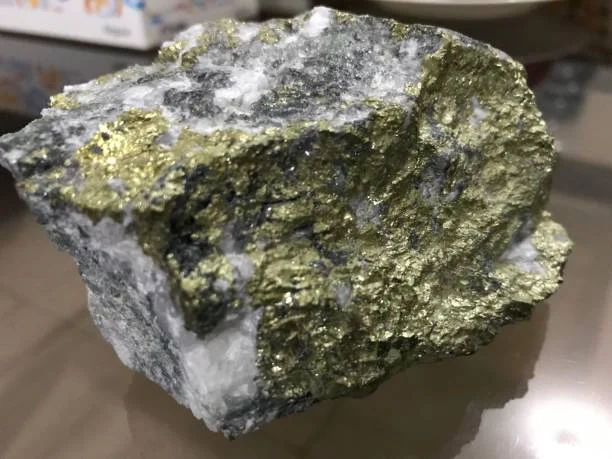
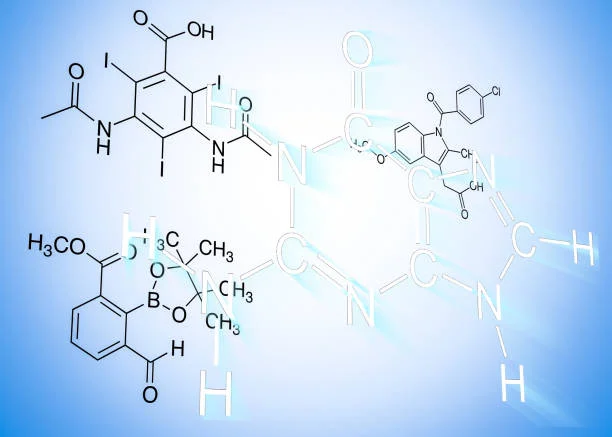


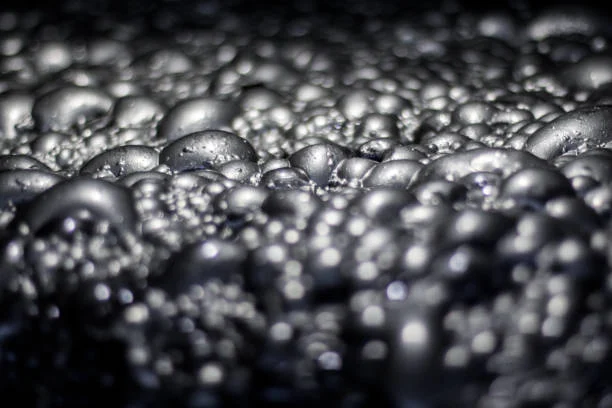
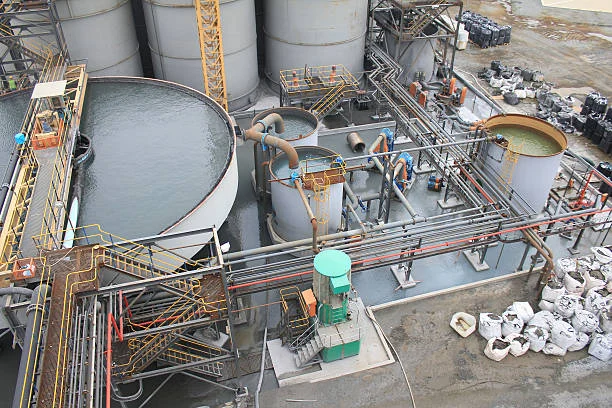
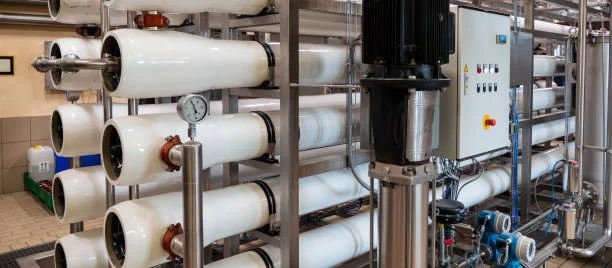
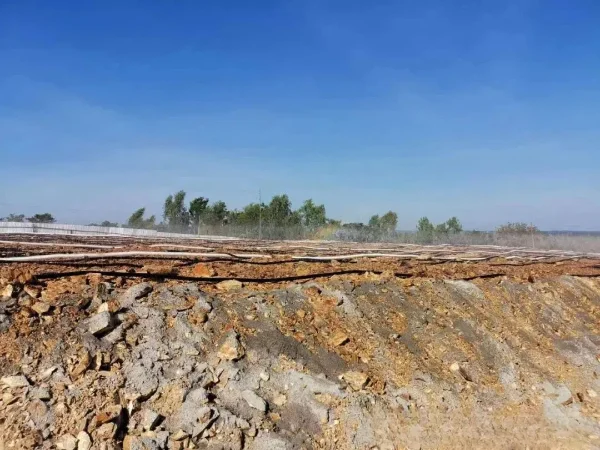


Online message consultation
Add comment: